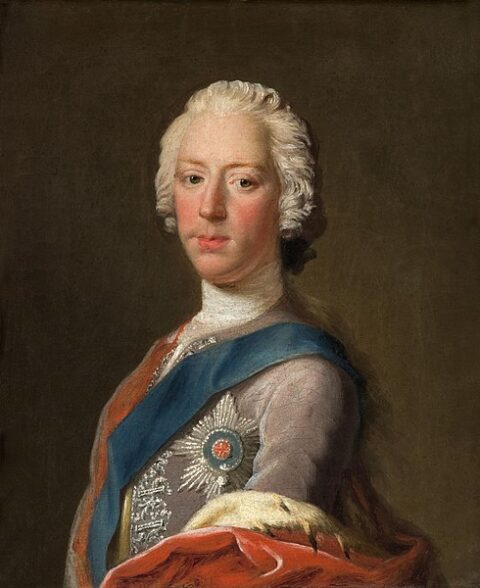CDR Salamander finishes off his short series on the Hamas terror attacks on southern Israel last week by highlighting some of the things the Israeli military and intelligence organizations must take away from the failure to anticipate and parry or repel the attackers:
- Complacency Born from Excellence:
Israel is one of the richest, most educated and advanced societies on the planet. Their social capital is almost unmatched. Gaza is one of the poorest, miseducated, and dependent societies on the planet. On paper, one would think there would be no way what happened over the weekend could have happened. No, belay my last. I can very much see this scenario being on paper — and probably was — but it was not “the paper” that drove policy. The overconfident and optimistic won the argument. Like in 1973, if you spend most of your brief talking about how great you are and discussing how weak your opponent is, you might be missing something … or a lot of things.
- Technology Briefs Better Than it Performs:
How many times must this be learned? High tech solutions to human problems brief well when not properly cross examined or wargamed by skeptics. Tech seems clean, effective, and affordable — but it is not robust outside its planning assumptions. They work wonderfully in narrowly scoped vignettes, and not much more. Remote control machine guns on towers seem much more exciting than soldiers on patrol in an APC … but which one is more resilient to the unexpected? There is always compromise and risk. Sometimes well meaning and smart people make the wrong call.
- Coddling Useful Idiots is a False Economy:
In times of peace when facing very ugly truths, it is human nature to a large percentage of the population to defer to emotion, desire, and aspiration as opposed to reason, reality, and capabilities. It is easy to project your best intentions and world view on your enemy in the hope that their motivations are the same as yours. The fact remains, well meaning people can be wrong. Hate is irrational and as such, immune to reason. Well meaning but wrong people cannot be allowed to drive policy when there is no backup plan.
- Doomsday Cults Sometimes Take Over Entire Cultures:
Two people or two million people can become part of and enablers to a death cult. Humans are capable of the most wonderful things, and the most horrible things. This duality of mankind is what brought us to our advanced stage of civilization. When these death cults are closer to two million than two — more Hamas than Heaven’s Gate — you need to be prepared to respond in what ever way removes that threat should it cross over in to your reason-based society. They cannot be ignored. They grow until they take a nap to Hale-Bopp or fly in to a music festival.
- Evil Waits While Good is Impatient and Forgetful:
A free people can get distracted by their own pursuits that can only exist in a free society. Evil is hard to counter, uncomfortable to think about, and easy to avert your eyes when it is “over there” and forgotten and not “in here” trying to kick in the door. Too many people will make excuses, and ask you to accept their excuses, to avoid the unending and hard work of keeping evil away. Evil will exist always, the key is to not just keep it contained but to make sure it is small, isolated, and socially unacceptable. If you don’t do the last two, the first one will grow.
- F=MA:
How hard have you actually wargamed your defenses? In hindsight it is easy to second guess the border around Gaza, but at some time there had to be someone warning it was not enough. If you can run a bulldozer through a wall, it isn’t a wall — it is an aspiration. That, I hope, will be part of the post-war investigation.
There is the quick look so far this Thursday. In that Top-6 there are lessons for every nation to hoist onboard — especially the U.S.A.
In his Friday Q&A, Severian answers a question about what Hamas expected to gain from launching these attacks:
Which brings us, at long last, to Hamas. I too am baffled by this, because it seems so very Tet-like. NOT that the Mullahs are trying to “get rid of” their version of the Viet Cong, as the question suggests, but because it really seems like a big mistake. Bare minimum, it reveals the catastrophic failure of Israeli / AINO intelligence. If they have an ounce of Seriousness left anywhere in their government, they will have to massively clean house. Which would be terrible for Hamas – the guys who were asleep at the switch, allowing huge shipments of first-rate arms and etc. to be smuggled into Gaza, are now wide awake.
Same deal with training and financing. As incompetent as the Intel services were, I’m pretty sure even they would’ve noticed that hey, the Gaza Hang Gliding Club sure has a lot of new members! Where in Gaza could they possibly have practiced this stuff? It’s a sophisticated operation that betrays high levels of strategic and tactical coordination, with well-trained commandos doing something really innovative. I mean, parasailing? That’s some Otto Skorzeny shit right there. Whether or not Hamas dreamed it up on their own, or they had help with the operational concept, they surely had to train somewhere other than Gaza. Now, where could that possibly be?
You don’t roll the dice that way unless you really think you’ve got a strong chance of winning. But … win what? Unless they seriously thought Hamas could defeat the Israeli Army straight up … which, maybe they did. History’s full of that kind of thing. The Japanese at Pearl Harbor. Hitler in the Ardennes. America ended up beating those guys, so it’s ok to acknowledge that they made dumb mistakes based entirely on wishcasting. But Ho won, so it was brilliant 4D chess. Something similar might be happening here. It’s not very satisfying, but … there it is. We’ll have to wait and see.






